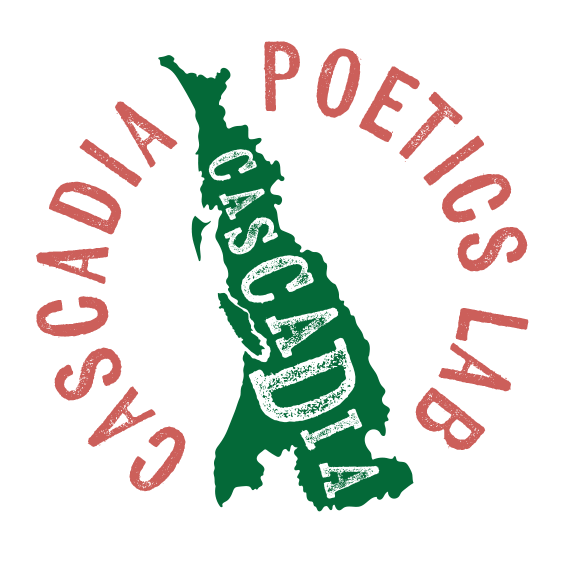Erasure Poem (pdf)
Erasure is a relatively recent form/process in literature which appears to have been created by Doris Cross. (I know, right?) The Poetry Foundation says: “that the Wikipedia entry on “Erasure” cites Cross as the “earliest to use this technique, beginning in 1965 with her Dictionary Columns.” It links no entry to her name, but goes on to list our usual suspects in this category: Ronald Johnson (Radi Os), Jen Bervin (Nets), Jenny Holzer (Redaction Paintings), etc.” See also Mary Ruefle. (Her publisher is making erasure a sort of non-profit cottage industry.)
How to make your own without the use of a computer?
1) Get source material. It could be junk mail, political texts or Bruce Springstreen lyrics. It should be chock full of concrete images or it’s likely to fall flat. Kok Kox erased Allen Ginsberg’s seminal (pun intended) poem Howl by erasing a good deal of the text and naming his version “Ow.”

Compare that to the original:
For Carl Solomon
I
I saw the best minds of my generation destroyed by madness, starving hysterical naked,
dragging themselves through the negro streets at dawn looking for an angry fix,
angelheaded hipsters burning for the ancient heavenly connection to the starry dynamo in the machinery of night,
who poverty and tatters and hollow-eyed and high sat up smoking in the supernatural darkness of cold-water flats floating across the tops of cities contemplating jazz,
who bared their brains to Heaven under the El and saw Mohammedan angels staggering on tenement roofs illuminated,
who passed through universities with radiant eyes hallucinating Arkansas and Blake-light tragedy among the scholars of war,
who were expelled from the academies for crazy & publishing obscene odes on the windows of the skull…
2) Erase most of it. You can have a rule (one word per line) or you can do it intuitively. You can also erase letters from words changing them into different words. Years with no “y” becomes “ears.” Ideally there is something new, something different than the original in the erasure you end up with. You might want to do it in a couple of drafts so you can make some kind of sense of the new piece as it is emerging from underneath the source text.
3) Read what’s left. I love the field approach to lineation that the erased poem usually ends up with, as in Ow above. Anytime you can do something besides left-hand justified lines (which Michael McClure called “Lawnmower Poetry”) you are using a little bit of originality. Why not?
4) Transcribe to a document. Voila!
One of my favorite recent uses of this form is by my friend Matt Trease who has an account of his erasure of a fundamentalist religious text that is a huge part of his own personal mythology. See:
https://paulenelson.com/wp-content/uploads/2020/10/Matt-Trease-on-Erasure.docx

Works Cited:
Kox Kok Make it True: Poetry From Cascadia, Lantzville, BC, Leaf Press, 2015
Ginsberg, Allen. Howl and Other Poems. San Francisco, City Lights, 1956.
